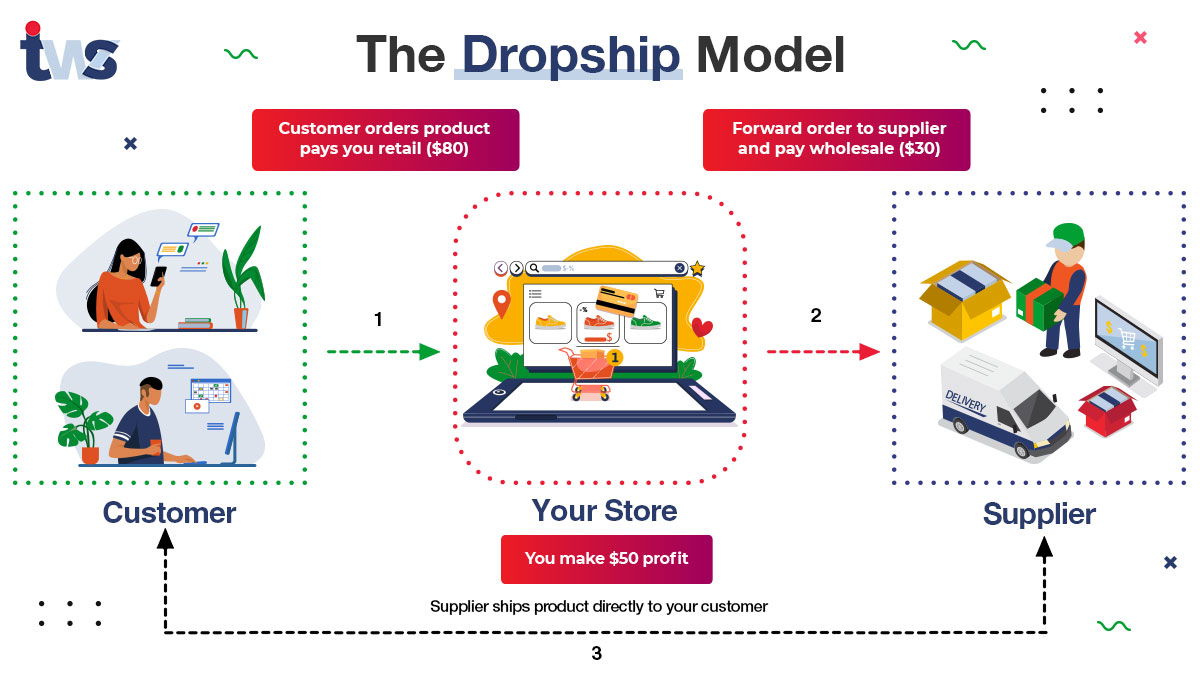Affiliate Marketing
Affiliate marketing is a great way to make money in 2023. It’s a simple and straightforward way to generate an income stream without having to source or produce your own products. [1] With affiliate marketing, you earn commissions by promoting other people’s products and services. All you need to do is have an online presence, identify your niche and target audience, and do market research to figure out which products to promote. [2] The reality is that 80% of affiliates earn between $0 and maybe $80,000 per year, but it can be a lucrative income stream if done correctly. [3] The most popular methods for affiliate marketing include blogging, YouTube, Instagram, and Facebook. You can also use TikTok, podcasts, and other forms of digital marketing. Make sure to pay attention to revenue claims vs. actual profit when selecting products to promote. With the right strategies, you can make a great income with affiliate marketing in 2023.
Types of Affiliate Marketing
Affiliate marketing is one of the most popular ways to make money online. It’s a form of performance-based marketing in which an affiliate, or publisher, earns a commission when they refer customers to a merchant’s website or other digital product.
There are several different types of affiliate marketing, and each type has its pros and cons. This article will cover the different types of affiliate marketing and the advantages of each.
Pay Per Click (PPC)
The most common type of affiliate marketing is pay per click (PPC), also known as cost per click (CPC). In PPC, affiliates earn a commission when their ad is clicked by a visitor. With PPC, the amount of money an affiliate makes is based on the number of clicks they get from their ads.
Advantages:
- Cost effective way to generate website traffic
- Quick to set up and manage
- Opportunity to target specific demographics
Disadvantages:
- Potential for click fraud
- Can be expensive if the budget is not managed properly
Pay Per Sale (PPS)
Pay per sale (PPS) is another popular type of affiliate marketing. With PPS, affiliates earn a commission when one of their referrals buys a product or service from the merchant’s website.
Advantages:
- Potential to earn higher commissions
- Opportunity to build a long-term relationship with customers
- Low risk for affiliate
Disadvantages:
- Requires more effort to promote products
- Can be difficult to track sales
- Higher standards for commission payouts
Pay Per Lead (PPL)
Pay per lead (PPL) is a type of affiliate marketing in which affiliates earn a commission when a visitor signs up for a product or service from the merchant’s website. This can include signing up for an email list, registering for a trial, or filling out a survey.
Advantages:
- Opportunity to earn a commission without a sale
- Easier to track leads
- Potential to monetize a website with minimal effort
Disadvantages:
- Lower commission payouts
- Can be difficult to find merchants with PPL programs
- Must be careful not to spam visitors
